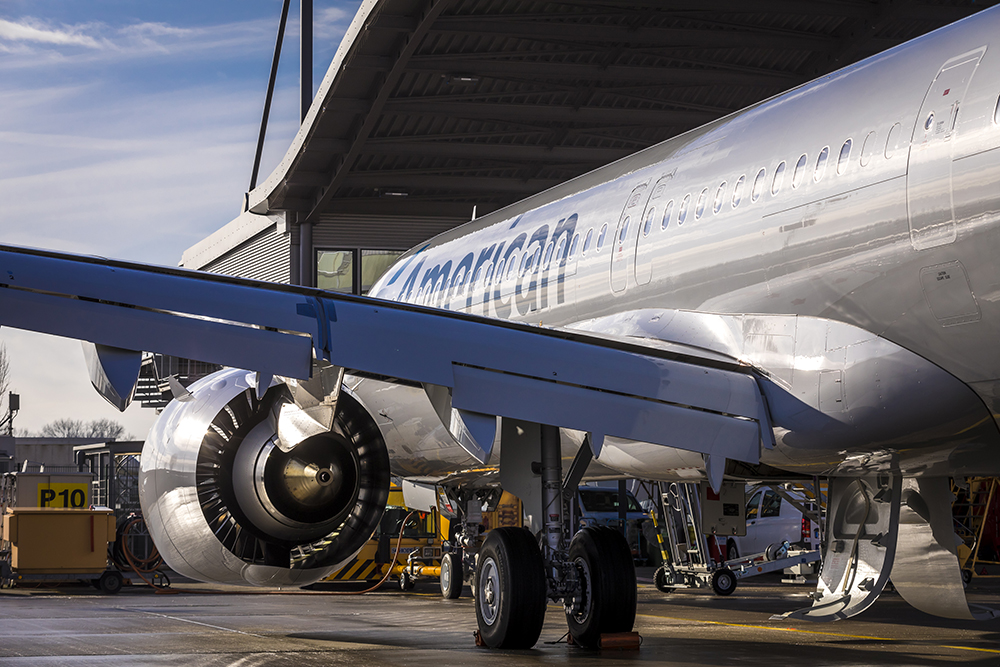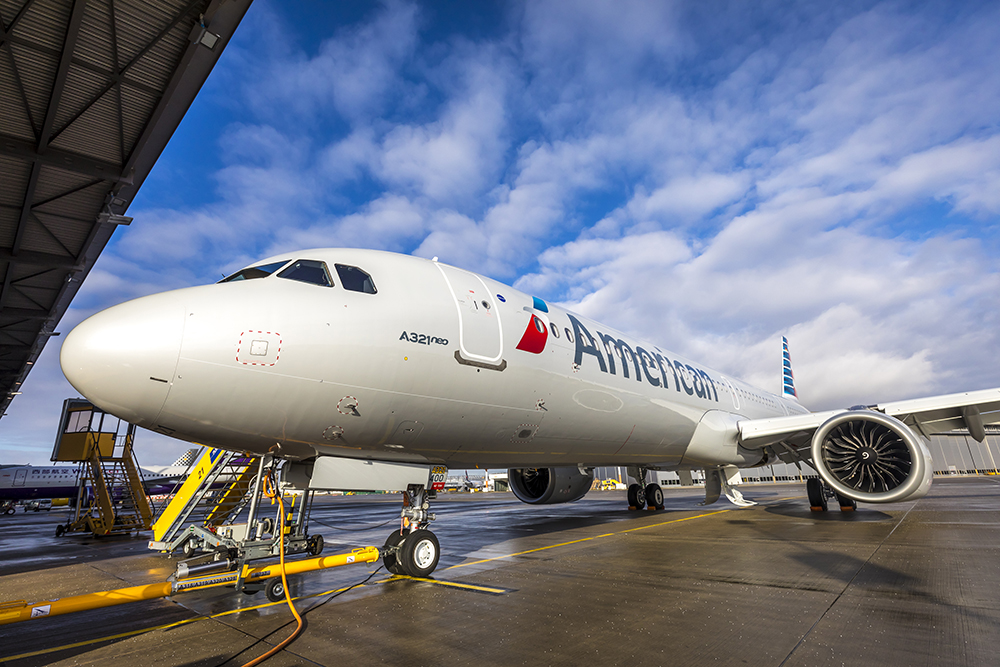American Airlines receives first Airbus A321neo
MSN 8647, the first Airbus A321neo for American Airlines, has been delivered, departing Hamburg for its flight to Pittsburgh, where it will undergo introductory modifications and familiarization.
The aircraft, registered N400AN, is powered by two CFM LEAP-1A33 engines and is built using the Airbus Cabin Flex (ACF) standard. Configured in a three class layout, the cabin can be broken down as follows:
| Class | Number of Seats |
| First Class | 20 |
| Extra-Legroom (Premium) | 47 |
| Main Cabin (Economy) | 129 |
Compared to their existing Airbus A321s, the new A321neos will have 9-15 more seats and smaller lavatories.
No inflight entertainment is installed on the aircraft, rather passengers will have access to high-speed Wi-Fi provided by Viasat for streaming on their personal devices. Wi-Fi is part of the work done at Pittsburgh. To ensure you don’t run out of battery, every seat has access to USB and AC power.
Just like most modern aircraft, the cabin features mood lighting to create a welcoming atmosphere and adjust to certain stages of flight, calming passengers and emphasizing comfort. Airbus has introduced newer overhead bins dubbed the XL Overhead bins and American Airlines is the launch customer for the option. This will allow passengers with their increased carry-on demand to be satisfied onboard.
Existing Airbus A321s will receive these overhead bins later this year during scheduled maintenance/retrofit times.

The first revenue flight is scheduled to take place on April 2nd, and will see the aircraft flying customers between Phoenix Sky Harbour and Orlando. Additional routes will be operated by the aircraft once more are delivered and include the following:
- Phoenix – Anchorage (Summer)
- Phoenix – Los Angeles (Winter
- Los Angeles – Hawaii
American Airlines will use their new Airbus A321neos to replace their aging Boeing 757s on some routes and will receive 17 of them this year. The additional 400 nautical miles of range that comes with the A321neo allows American to operate additional routes, as stated during their delivery.




